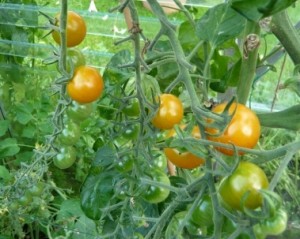Great Garden Chrysanthus Crocus
Hocus pocus this Crocus is out of Focus but it illustrates my main theme. Your 2010 garden depends on decisions you take now and I think it is worth recording every plant you aspire to grow. I record things in picture and notebook form and am not as well organised as I claim to be. However I am building a list of plants and designs features that I want to try for next year (it also doubles as a present list family take note). High on my list is the early flowering Chrysanthus Zwanenburg Bronze shown above.
Chrysanthus Crocus Species.
- The flowers are smaller than the blousy, large flowered crocus of public parks and gardens fame.
- The colour range is more varied with several varieties having purple outer petals and white or yellow insides. Eye Catcher, Prince Claus, Herald and this example Zwanenburg Bronze.
- Lighter colours amongst the creams are Jeannine, Snowbunting, Romance and Cream Beauty.
- Chrysanthus flower a little earlier than large crocus but are less robust when naturalising though grass.
- Bought in bulk from 3p each the corms look good value for a range of pot grown applications including growing your own presents and gifts.











